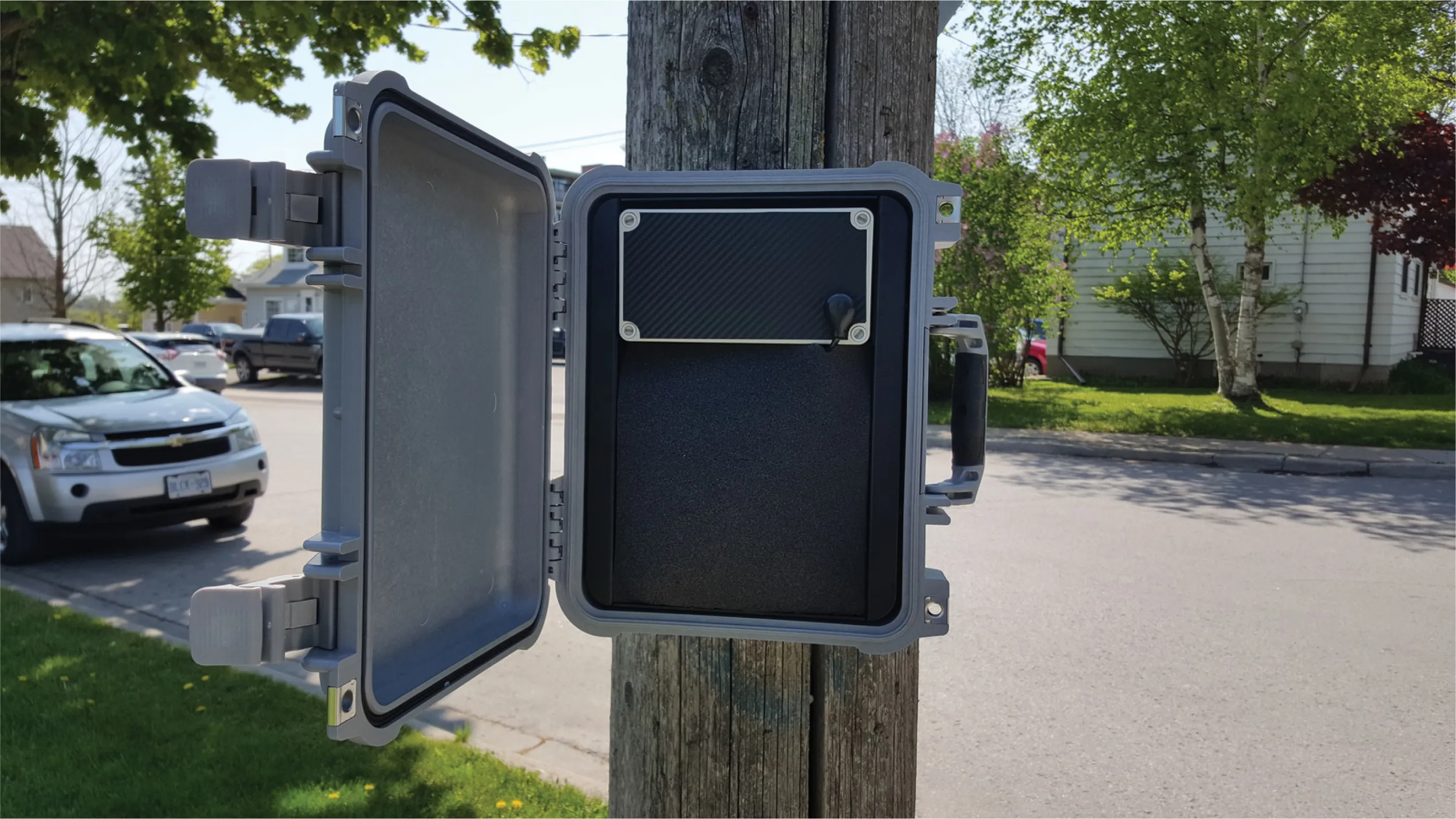
Eberle Design Incorporated (EDI) and Reno A&E are here at ITS America Detroit to highlight innovations in traffic data aggregation, vehicle detection and intersection safety monitoring solutions. These include the iCite Data Aggregator series, the future of advanced traffic control cabinets, and the latest Everloop precision detection system.
The iCite Data Aggregator series is a hardware device engineered to extract real-time intersection and traffic cabinet data from interconnected or non-interconnected intersections.
The DA-300 and DA-400 products are elements of the EDI iCite (Intelligent Cabinet Interface for Transportation Equipment) product suite. It is the first system capable of accessing real-time intersection and arterial traffic data from any traffic cabinet, via high-speed internal or external communications devices, regardless of the traffic controller or central ITS system. Traffic operations technicians and engineers can now access real-time arterial traffic and intersection information such as vehicle counts by phase, phase status changes, cabinet alarms, and overall health of the traffic cabinet status from remote, non-interconnected intersections.
Visitors to the companies’ booth will also have an opportunity of seeing the future of traffic control cabinets with Eberle’s Advanced Traffic Control Cabinet Components (ATCC), an open architecture traffic control cabinet peripherals suite, based on the ITE/NEMA/AASHTO ATC proposed standard. This new cabinet family offers significant improvements to conventional cabinet designs in modularity and compact size, motorist and technician safety, LED compatibility, and diagnostics. The ATC Cabinet, and its components, is intended to update or replace all cabinet types; NEMA TS-1, NEMA TS-2, ITS Cabinet v1, and Caltrans 33X.
Another innovation being featured at the booth is Reno A&E’s EverLoop Precision Detection System. It provides the ultimate synergy for vehicle detection applications and these superior prefabricated loop products incorporate CrossLinked Polyethylene Insulation for excellent thermal, electrical and physical properties.
Reno A&E has manufactured prefabricated loops for parking, access, drive-thru, traffic and railway control systems for more than 20 years and its loops have a 10-year factory warranty from the date of installation.
Booth 429








